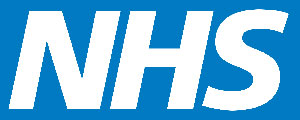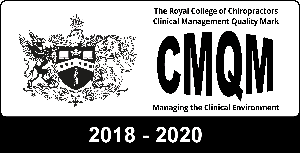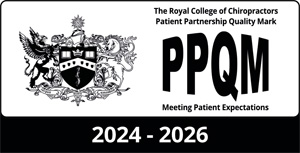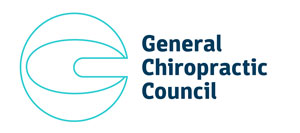Shaheeda Chowdhury joined the clinic in 2005 bringing with her her skills in specific manipulative therapy and Dry Needling. Here’s her explanation of what it’s all about!
Dry Needling is a technique in which an acupuncture needle is inserted into the skin and muscle to relieve pain and restore movement. It is used to treat myofascial trigger points; tight sensitive areas in the muscles that are painful on compression and can produce referred pain, referred tenderness and motor dysfunction. Dry needling involves the same sterile techniques as used for acupuncture.
Originally Trigger points were treated by injecting a large number of substances into the trigger point but it was later discovered that pain relief was due to stimulation of the needle rather than the injection itself which led to Dry Needling in 1979.
It is thought that Dry Needling may mechanically disrupt trigger points which results in mechanical and physiological resolution of the pain. Studies have shown a strong pain inhibitory role played by opioids released by needling stimulation. Dry Needling is used by Chiropractors, General Practitioners, Physiotherapists and Acupuncturists for the treatment of myofascial pain and dysfunction.
What Causes Trigger Points?
There are many causes that can be linked to the development of trigger points and their pain patterns. Many researchers agree that acute trauma or repetitive micro-trauma can lead to the development of a trigger point. Lack of exercise, prolonged poor posture, vitamin deficiencies, sleep disturbances, and joint problems can all predispose to the development of micro trauma leading to the formation of trigger points in the muscles.
Occupational or recreational activities that produce repetitive stress on a specific muscle or muscle group commonly cause chronic stress in muscle fibres that can lead to trigger points.
Examples include:
- holding a telephone receiver between the ear and shoulder to free arms
- prolonged bending over a table
- sitting in chairs with poor back support
- improper height of arm rests or none at all
- lifting especially using improper body mechanics
- Acute sports injuries caused by acute sprain or repetitive stress (eg tennis elbow, golfers shoulder)
- surgical scars and tissues under tension frequently found after spinal surgery and hip replacement
How do you know your muscular pain is due to Trigger Points?
Trigger points are often found regionally, they can cause persistent pain that usually results in a decreased range of motion of a muscle. Often, the muscles used to maintain body posture are affected, namely the muscles in the neck, shoulders, and lower back. Although the pain is usually related to muscle activity, it may be constant.
In the head and neck region:
- tension headaches
- tinnitus
- tempero-mandibular joint pain
- eye symptoms
- torticollis
Upper limb:
- pain is often referred
- pain in the shoulders may present as tendonitis or bursitis
In the lower extremities:
- may involve pain in the quadriceps and calf muscles
- may lead to a limited range of motion in the knee and ankle
- trigger point hypersensitivity in the gluteal muscles often produces intense pain in the low back region.
Dry Needling Treatment of Trigger Points
Treatment of Trigger Points Factors causing chronic overuse or stress injury on muscles need to be addressed and stopped or reduced if possible. Chiropractic manipulative techniques can be used to restore function to the joints. Other treatment options that help and can be combined with Chiropractic treatment include dry needling, massage, acupressure, application of heat or ice, diathermy, transcutaneous electrical nerve stimulation (TENS) and Spray and Stretch techniques.
GP’s may treat patients with chronic musculoskeletal pain with pain killers and medications to induce sleep and relax muscles.
For more information: schowdhury@wickfordchiro.co.uk






